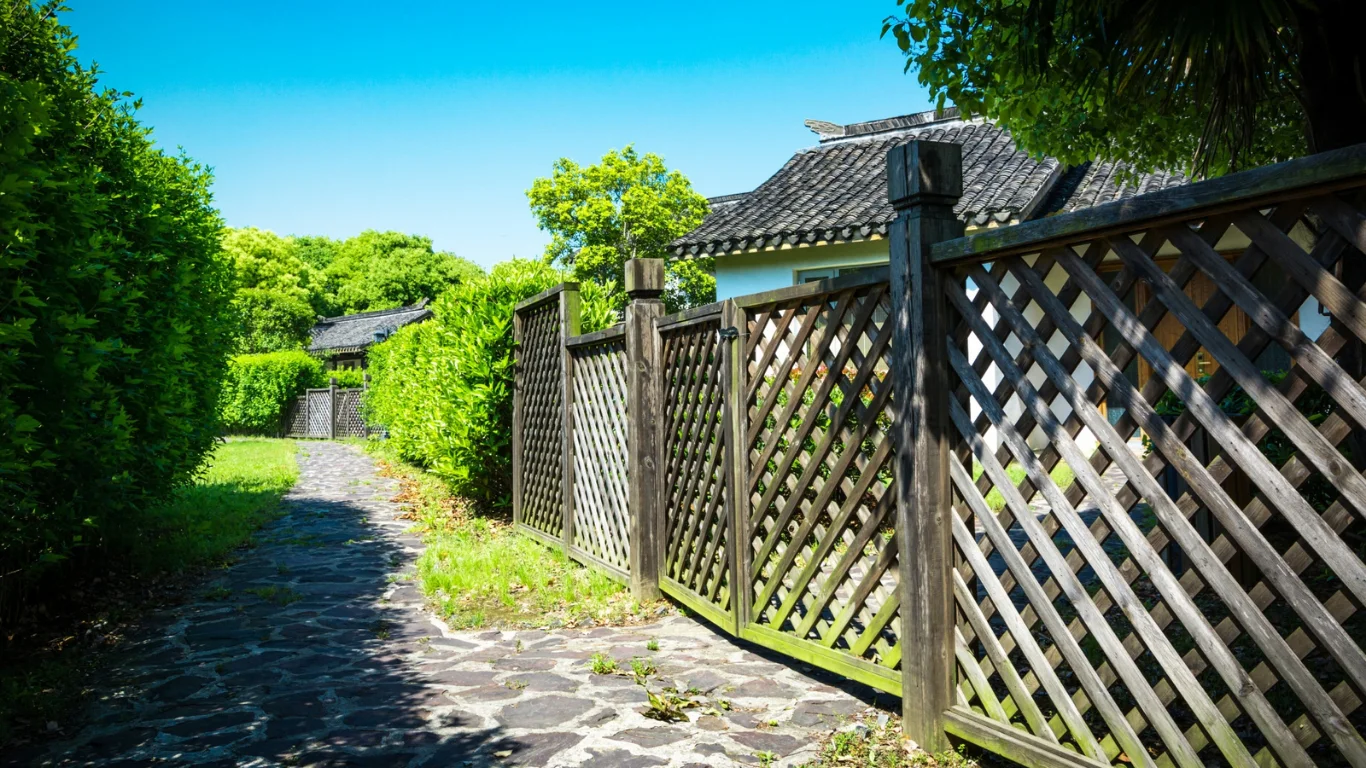Home maintenance isn’t just about keeping your place looking nice—it’s about avoiding expensive surprises.
Many homeowners put off maintenance because they think it’s time-consuming or expensive. The truth is that small tasks done on schedule can keep systems running efficiently and prevent costly repairs. Ignoring them, on the other hand, can lead to major breakdowns that drain your budget.
If you want your home to stay comfortable and your expenses under control, these habits are worth making part of your routine. Here are some ways to protect your investment and keep more money in your pocket year-round.
1. Keep Dryer Vents Free of Lint
Your dryer can become a hidden energy drain if the vent is clogged with lint. It takes longer to dry clothes, which means higher electricity costs. A blocked vent can also overheat and become a fire hazard.
To prevent these problems, clean the lint screen after every load. At least twice a year, disconnect the dryer vent hose and remove any buildup inside. You can use a vent brush or a vacuum attachment for this. Clear vents help your dryer run more efficiently and reduce wear on the appliance.
2. Schedule Regular HVAC Servicing
Even if your heating and cooling systems seem to work fine, they can lose efficiency over time. Dust buildup, worn belts, and low refrigerant levels make them less effective and more expensive to run. A professional inspection once a year helps spot these issues early.
A service visit usually includes cleaning the system, checking refrigerant levels, tightening connections, and testing safety controls. This not only keeps your home comfortable but also prevents sudden breakdowns during extreme weather. If your AC unit, in particular, is aging or often needs repairs, it may be worth comparing the costs of AC repair vs AC replacement to decide which is more economical in the long term.
3. Find and Seal Air Leaks Around the House
Small gaps around doors, windows, and attic openings can let in drafts and let heated or cooled air escape. That means your HVAC system works harder to maintain the right temperature.
Walk around your home and check for areas where you feel air coming through. Apply weatherstripping to doors and caulk to window frames to close the gaps. Don’t forget to check spots where cables or pipes enter your home. Sealing leaks is a low-cost way to improve comfort and lower energy use.
4. Flush Your Water Heater Once a Year
Over time, minerals and sediment settle at the bottom of your water heater tank. This buildup makes it harder for the heater to warm water, which means it uses more energy. It can also shorten the life of the tank.
Flushing the tank once a year removes sediment and keeps the heater working efficiently. The process is straightforward: turn off the heater, attach a hose to the drain valve, and let the water flow into a safe drainage area. Once flushed, refill and restart the unit. The result is better efficiency and more reliable hot water.
5. Inspect Your Roof for Early Signs of Trouble
A roof in good condition protects your home from water damage, mold, and structural issues. Even small problems, like loose shingles or damaged flashing, can lead to expensive repairs if left alone.
Check your roof twice a year—once in the spring and once in the fall. Look for missing shingles, signs of wear, or debris buildup. If you see damage, address it quickly to prevent leaks. A well-maintained roof lasts longer and helps you avoid the high cost of major repairs or replacement.
6. Keep Gutters Clear to Protect Your Home’s Structure
Gutters direct rainwater away from your home. If they’re clogged with leaves and debris, water can overflow and pool near the foundation. This can lead to basement leaks, soil erosion, or even structural damage. Blocked gutters can also cause water to back up under the roofline, damaging fascia boards and creating entry points for pests.
Cleaning gutters at least twice a year—in spring and fall—is enough for most homes. Use a ladder and gloves to scoop out debris, then flush the gutters with a garden hose to ensure proper flow. Installing gutter guards can also reduce buildup and save time on maintenance.
7. Check Plumbing for Hidden Leaks
Small leaks can waste hundreds of gallons of water each month. They can also lead to mold growth and water damage if ignored. A dripping faucet or a running toilet may seem minor, but they can increase your utility bill quickly.
Inspect under sinks, around toilets, and near water heaters for moisture or stains. Listen for running water when taps are off. If you suspect a hidden leak, check your water meter before and after a two-hour period without using water—if the reading changes, you likely have a leak. Replacing worn washers, tightening loose fittings, or calling a plumber promptly can save money and prevent costly damage.
8. Test Safety Devices for Reliability
Smoke alarms, carbon monoxide detectors, and fire extinguishers are small investments that can save lives. They also play a role in preventing property damage by catching hazards early. These devices should be tested monthly to ensure they work when needed.
Replace batteries at least once a year, and replace the entire unit according to manufacturer guidelines—usually every 7–10 years for smoke alarms. Fire extinguishers should be inspected for pressure and replaced or serviced as needed. Functional safety devices not only provide peace of mind but can also meet insurance requirements, helping you avoid potential claim issues.
Consistent home maintenance is one of the easiest ways to protect your property and your budget. By tackling small tasks on schedule, you reduce the risk of sudden repairs, extend the life of systems and appliances, and improve energy efficiency.
Creating a yearly checklist can help you stay on track without feeling overwhelmed. Whether it’s clearing gutters before a storm, flushing the water heater each year, or inspecting your roof before winter, these habits add up to significant savings over time. With a little attention now, you can enjoy a comfortable, safe home while avoiding the stress and expense of major repairs.







